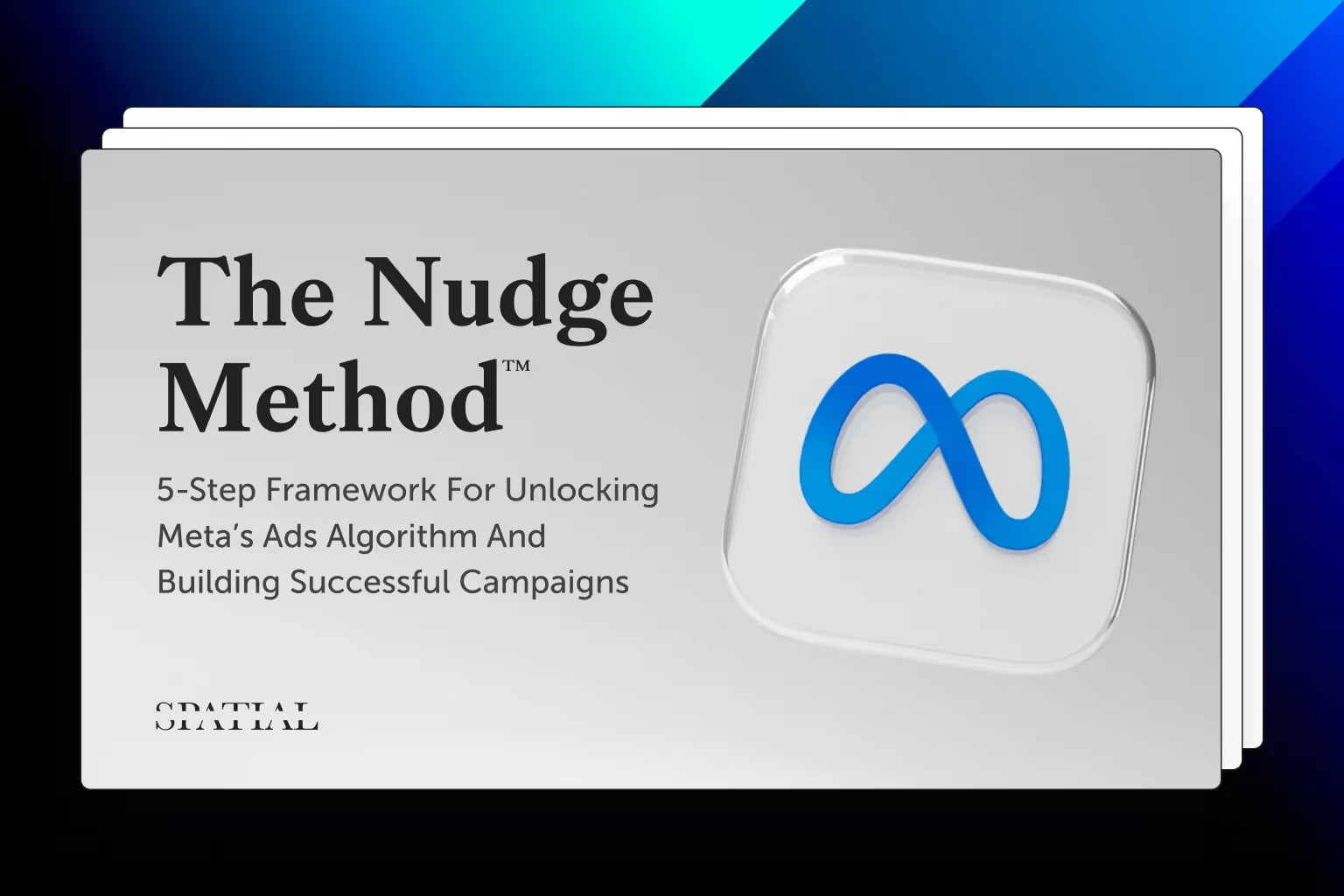The X-Factor For CRE: Behavioral Segmentation
The Problem With Demographics
Have you ever had two demographically similar properties perform differently?
Perhaps both trade areas match in terms of age, income, ethnicity, etc. but one succeeds while the other fails. Why?
The answer is something we all intuitively know: People can appear demographically identical yet have vastly different tastes.
Consider the visitor demographics of these two shopping and entertainment properties:

Through the lens of demographics, these two locations are identical. We’d have every reason to recruit the same tenants and position marketing to a similar audience.
But this isn’t the full story.
One way we can dig deeper is through behavioral data—specifically, behavioral segmentation. By segmenting visitors by their online and offline behaviors, we can discover significant differences between these shopping centers.
What Is Behavioral Segmentation?
Behavioral segmentation is the process of dividing visitors into groups based on their behaviors. If demographic segmentation divides visitors by who they are, behavioral segmentation divides visitors by what they do.
To illustrate, let’s look at property visitors through the lens of a behavioral segmentation.

Immediately, we can see major differences in the type of people visiting each property. Newport on the Levee is frequented by blue collar workers and families while Atlantic Station attracts singles and young professionals. Visitor demographics are the same for each site yet not one behavioral segment overlaps.
This means retailing and marketing these locations should look different.
How To Segment Visitors By Their Behaviors
If you have visitation data joined with behavioral data, you can build your own segmentation. But creating your own segmentation isn’t usually practical—especially for location decisions—unless you already have a method of combining visits and behaviors.
In this post, we’ll show you how to differentiate these properties using Spatial.ai’s PersonaLive segmentation system. PersonaLive uses social media, mobile foot traffic, online activity, and individual-level demographics to organize every U.S. household into one of 80 behavioral segments. These segments provide visibility to the online and offline preferences of the customers visiting any U.S. property.
Ok, let’s dig into the data and build a property strategy for each location.
Analyzing Each Property’s Top Behavioral Segment
To begin, we will identify the top overall segment visiting each location. This can be done by uploading a mobile report or drawing a polygon around each location in the PersonaLive platform. The platform will then provide a segmentation report ranking the top segments for each property.
Below are the results for Newport on the Levee and Atlantic Station:

#BabiesBurbs&Blessings is the top segment for Newport while the #Urbanists segment ranks first for Atlantic Station.
Next, let’s analyze each of these segments in detail.

As their name would imply, people in the #BabiesBurbs&Blessings segment tend to have kids and live in the suburbs. People in #Urbanists segment are single and live in the city. Both segments are of similar age and income.
Things get more interesting when we analyze their lifestyle and retail behaviors. Let’s briefly look at each segment’s online and offline visitation patterns to answer some key questions:
Which fashion brands do they visit?
#BabiesBurbs&Blessings
- Jockey
- Aerie
- Duluth Trading Company
#Urbanists
- Tiffany & Co
- Urban Outfitters
- Madewell

Which fast casual restaurants do they visit?
#BabiesBurbs&Blessings
- Pie Five
- Chicken Salad Chick
- McAlister’s Deli
#Urbanists
- Potbelly
- Smashburger
- Blaze Pizza

Which fashion brands do they follow on social media?
#BabiesBurbs&Blessings
- Love Your Melon
- Stance
- PINK
#Urbanists
- Everlane
- Warby Parker
- Bonobos

What fitness, recreation, and entertainment amenities do they like?
#BabiesBurbs&Blessings
- Snap Fitness
- THE MAX Challenge
- Anytime Fitness
#Urbanists
- barre3
- Dog parks
- F45 Training

What kind of websites do they visit?
#BabiesBurbs&Blessings
- Ergonomic Office Supplies
- Women’s Subscription Box
- Gifts
#Urbanists
- Men’s Business Clothes
- Trendy Denim
- Women’s Fashion Brands

Example Property Strategy Using Behavioral Segmentation
By summarizing the information above, we can create a data-backed strategy for both properties:

There you have it.
While each location may be demographically equivalent, behavioral segmentation reveals valuable differences. And those differences enable us to create a comprehensive location and marketing strategy unique to each site.
So, next time you come across two sites with the same demographic profile, try incorporating behavioral segmentation into your CRE strategy.
Want to learn more? Join us for a live webinar in partnership with Kalibrate on Feb 21, where we’ll discuss how to use real-time behavioral segmentation to enhance location strategies. Register here.

What you should do now
Whenever you're ready, here are 3 ways Spatial.ai can help:
- See PersonaLive In Action. If you'd like to segment and target your best customers using real-time behavioral data, schedule a free 30-min demo to get started.
- Subscribe To Consumer Code. If you've found this helpful, check out our newsletter and podcast where we share more consumer research and insights for retail marketers.
- Share This Post. If you know another marketer who’d enjoy reading this post, share it with them on Linkedin, X, or Facebook.
Get retail marketing tips
We email every monday with smart growth strategy ideas. Almost no promotion. Just value.

.avif)
%20(1).jpg)







